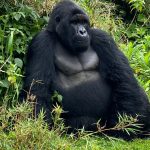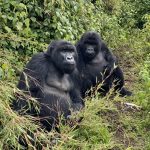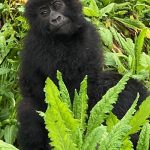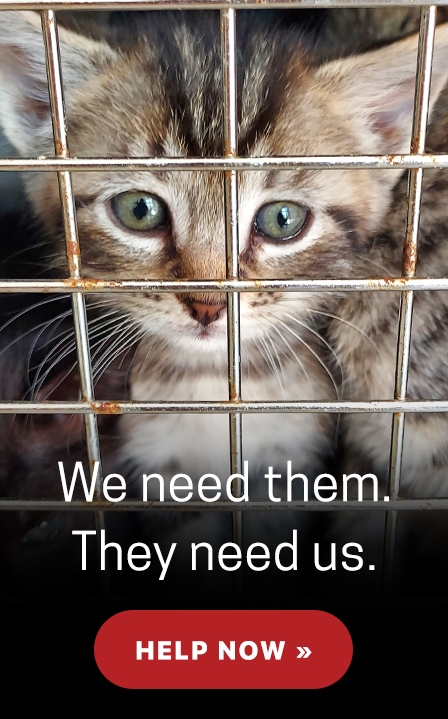Humans threaten African megafauna. Poachers are just one threat – many animals suffer due to human conflict, encroachment and the degradation of their habitats.
Lions
African lions are beset on all sides. Like elephants, 90 percent of African lions have been wiped out in the last century.
Lions are poached, but not just for a single high-value black market item. Their claws, pelts and bones can fetch a hefty price in certain Asian markets. And they are even hunted for their meat.
As humans encroach into lion habitats, conflict between people and lions arises. Humans graze their livestock in lion habitats, and when their animals are eaten, they retaliate by killing lions. Lions are killed, both as trophies and for meat, and their habitats and ecosystems are being systematically destroyed by humans.
The lion, long a symbol of strength and dominance, is being worn down. The key is conservation and protection. Reputable organizations that maintain reserves need additional funds and personnel to protect lion habitats from poachers and others who would do harm.
Change must come soon if we wish to preserve lions for our children and our children’s children. By 2050, African lions could be extinct due to habitat loss and poaching.
Gorillas
The importance of preserving Africa’s terrestrial megafauna struck home when I saw gorillas in person. Gorillas are one of our closest relatives, behind chimpanzees and bonobos. Grauer’s gorillas, also known as eastern lowland gorillas, are facing an uncertain future. These animals have seen their population decimated over the past two decades, from roughly 17,000 to 3,800.
Humans are the ultimate threat to their survival. But poaching for the black market is not driving their extinction. Instead, political instability and human encroachment are robbing these animals of their homes. Since 1996, with the start of the Congolese Civil War, human conflict has nearly overwhelmed Grauer’s gorillas. The ensuing turbulence and political deterioration have left these beautiful creatures without meaningful legal protections.
In just one year, 3,700 acres of protected habitat in the Democratic Republic of the Congo were illegally razed by settlers. In addition to clearing new land for agriculture and livestock, humans have illegally harvested charcoal and mined valuable minerals to fund their wars. These extractions render the habitats that Grauer’s gorillas call home unlivable. Perhaps most heartbreaking of all, as Grauer’s gorillas are the largest species of gorilla, they are hunted for their meat.
The human threat facing Grauer’s gorillas is distinctly different from that facing black rhinos and elephants. Instead of being poached for their tusks, these animals are being penned in – their habitats ruined by human encroachment and greed.
As humans wantonly kill gorillas and decimate their habitats, they also reduce the buffer zone between themselves and gorillas, increasing the likelihood that these great apes will contract human diseases such as Ebola. Due to their unique immune systems, mountain gorillas can die from the common cold or the flu.
Without persistent conservation efforts, the future is bleak. If current trends continue, the population of eastern gorillas will be cut by more than 90 percent by 2054.
Tomorrow, our Fighting for the Future series will conclude with a game plan for saving African megafauna.
Your partner in helping our animal friends,
![]()
Robin R. Ganzert, Ph.D.
President and CEO, American Humane

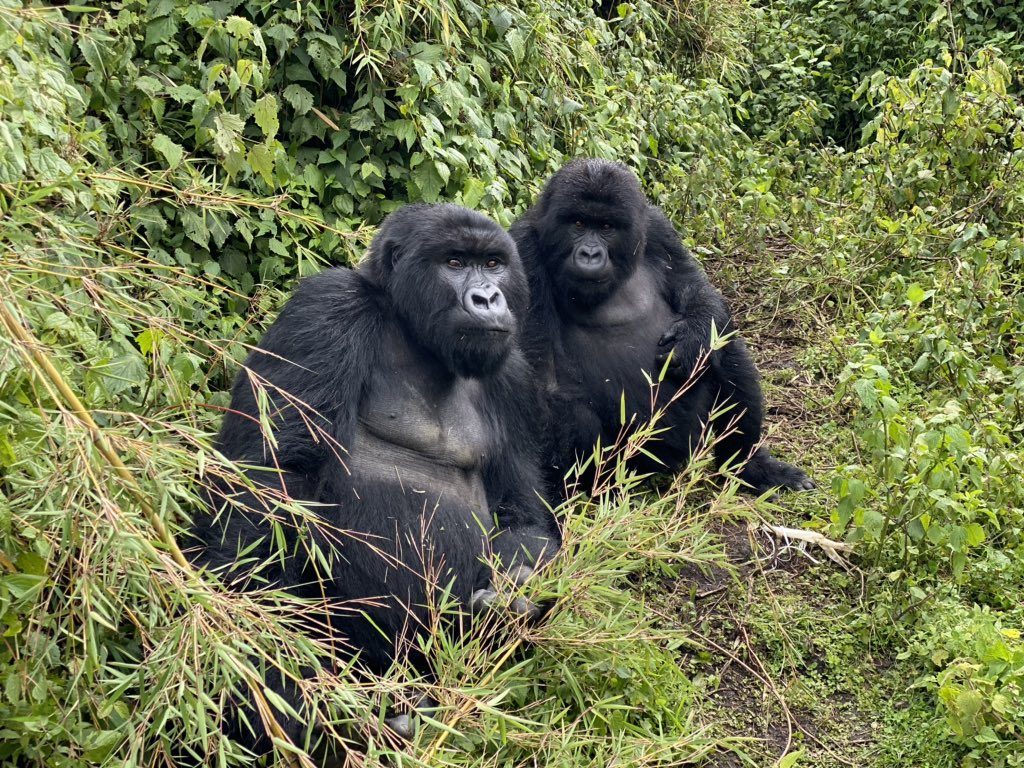
 Robin R. Ganzert, Ph.D.
Robin R. Ganzert, Ph.D. 
